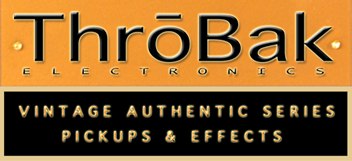Lindgren
New member
- Joined
- Aug 12, 2005
- Messages
- 717
Is there any difference in sound with 50's wiring vs modern stock wiring?
Does the volume control acts like a master or indpendent volume ? (in 50's wiring).
Can you hear any difference between caps (value and modell) when you have your tone control on 10 ? I dont think so.
I'm planning to rewire my new Standard with BB Pro's, i'm pleased with the neck pu but the bridge pu is a little bit too bright i think.
Thanx. :jim
Does the volume control acts like a master or indpendent volume ? (in 50's wiring).
Can you hear any difference between caps (value and modell) when you have your tone control on 10 ? I dont think so.
I'm planning to rewire my new Standard with BB Pro's, i'm pleased with the neck pu but the bridge pu is a little bit too bright i think.
Thanx. :jim
Last edited:



